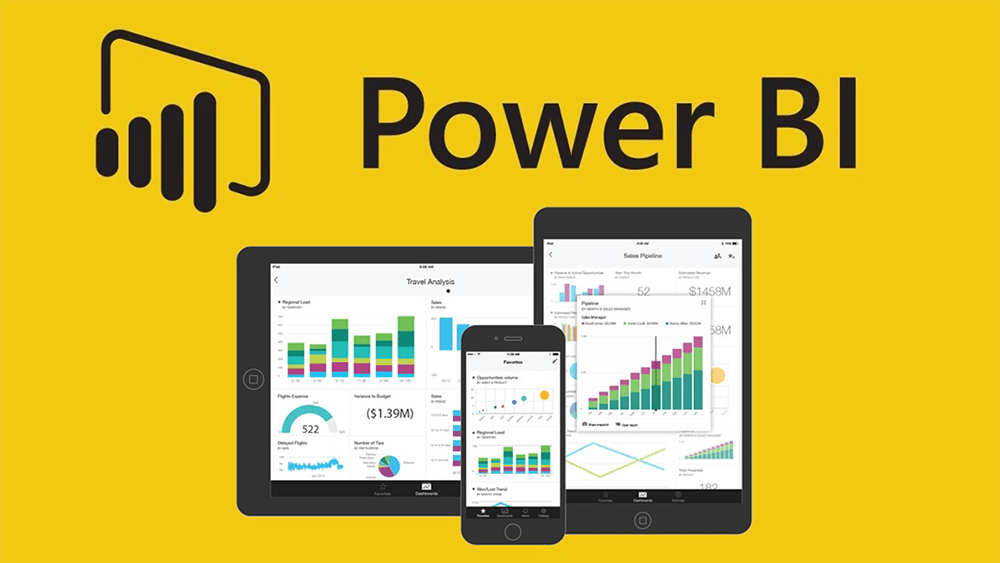Personal Career & Learning Guide for Data Analyst, Data Engineer and Data Scientist
Power BI is a powerful business intelligence tool that helps organizations to visualize and analyze data in an interactive and meaningful way. With Power BI, users can create dashboards and reports that help them make informed decisions. This article will provide a layman’s overview of the various dashboard options available in Power BI.
- Single Visual Dashboards
Single visual dashboards are the simplest form of Power BI dashboards. They consist of a single visual, such as a chart, table, or map. Single visual dashboards are great for presenting a single metric or data point, such as the total sales for a particular product or region.
- Multi-Visual Dashboards
Multi-visual dashboards consist of multiple visuals, arranged in a manner that helps users to compare and analyze data. These dashboards are great for displaying multiple metrics and data points in one place, making it easy for users to see how different metrics are related to each other.
- Interactive Dashboards
Interactive dashboards allow users to interact with the data in real-time. This means that users can drill down into the data, explore it, and create custom views that help them to see the data in a way that makes sense to them. With interactive dashboards, users can create custom dashboards that display the data that is most important to them.
- Shared Dashboards
Shared dashboards are dashboards that can be shared with others within an organization. This makes it easy for teams to collaborate and work together on data analysis. Shared dashboards can be accessed from anywhere, making it possible for teams to work together even when they are not in the same location.
- Embedded Dashboards
Embedded dashboards are dashboards that can be embedded into other applications, such as websites or internal portals. This makes it easy for organizations to share their data with others and provide a way for users to interact with the data directly from the embedded dashboard.
- Report Dashboards
Report dashboards are dashboards that are linked to a Power BI report. Reports provide a more in-depth analysis of the data and are a great way to share data with others in a structured and organized manner. With report dashboards, users can create reports that can be easily shared with others, making it possible for teams to work together on data analysis.
In conclusion, Power BI provides a range of dashboard options, each designed to meet the needs of different users. Whether you need a simple visual dashboard, a complex interactive dashboard, or a report dashboard, Power BI has the tools you need to create dashboards that help you to see and understand your data in a meaningful way.
Power BI Tutorials : Power BI – Dashboard Options
 Loading...
Loading...
Disclaimer: The information and code presented within this recipe/tutorial is only for educational and coaching purposes for beginners and developers. Anyone can practice and apply the recipe/tutorial presented here, but the reader is taking full responsibility for his/her actions. The author (content curator) of this recipe (code / program) has made every effort to ensure the accuracy of the information was correct at time of publication. The author (content curator) does not assume and hereby disclaims any liability to any party for any loss, damage, or disruption caused by errors or omissions, whether such errors or omissions result from accident, negligence, or any other cause. The information presented here could also be found in public knowledge domains.
